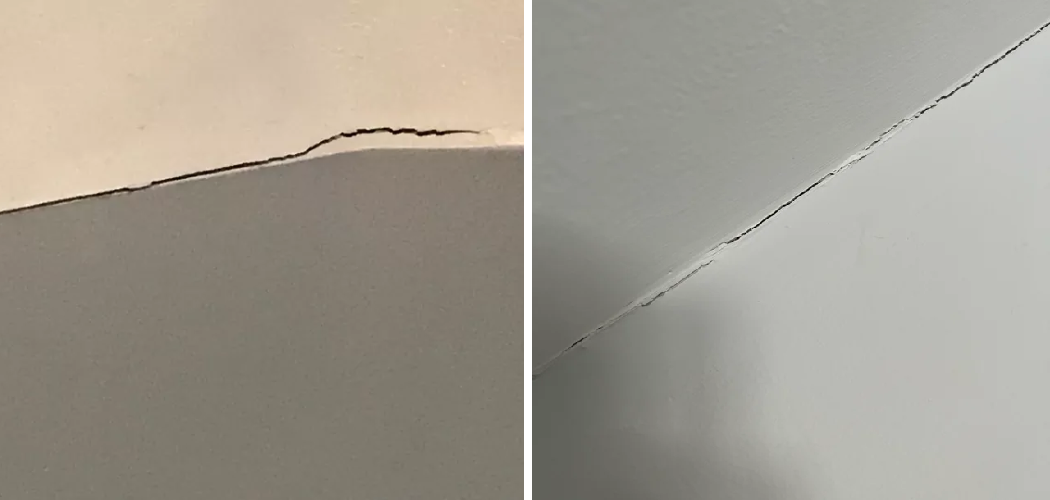Do you have a crack that seems to run from your ceiling all the way down to your wall? It’s an unsightly eyesore, and it can make any room look unfinished. However, fixing this problem yourself is easier than you may expect!
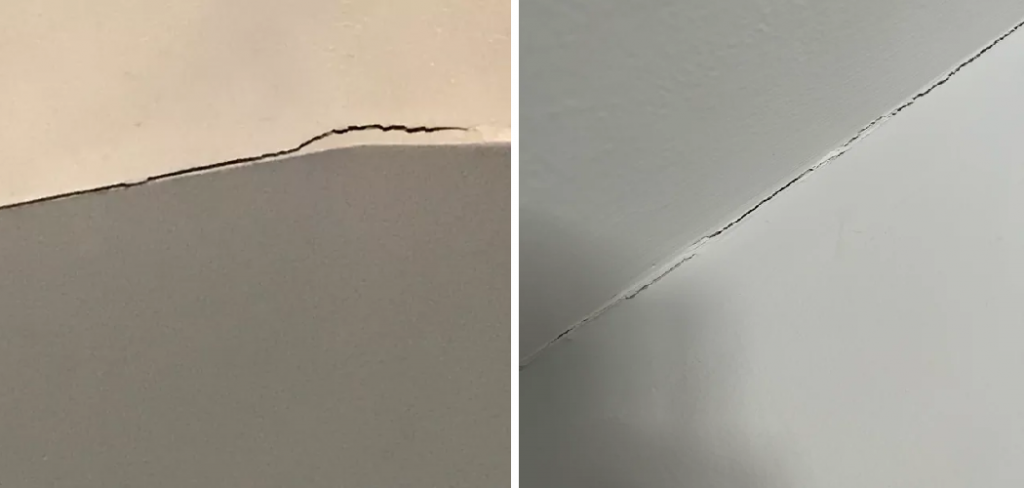
Whether the cause of the crack is age-related issues or something else entirely – repairing it doesn’t have to be expensive or difficult. Here, we’ll cover exactly how to fix crack where wall meets ceiling – quickly and cost-effectively. So read on for some key tips, tricks, and information about getting this job done right!
It’s an all-too-common occurrence – you’re minding your business, scrolling through social media at home, when suddenly your eye catches it: a crack that’s developed along the wall where it meets the ceiling.
It can be frustrating and even disheartening to realize this issue has arisen in your beloved home or apartment. Don’t despair though; there are steps you can take to get it fixed. In this blog post, we’ll go over our best tips for repairing cracks where the walls meet the ceiling so that you no longer have to worry about them detracting from your living space!
What Causes Crack Where Wall Meets Ceiling?
1. Improper Installation of Drywall
One of the most common causes of a crack where the wall meets the ceiling is improper installation of drywall. If the sheetrock was not properly secured to the studs before it was mudded, taped, and sanded, then there can be movements in the wall that cause cracks to form over time.
2. Shifting Structure
Another common cause of a crack where the wall meets the ceiling is a shifting structure. If your house or building has been around for a while, there’s always a chance that the foundation can shift and cause cracks to form in various places on the walls.
3. Poor Quality Materials
Finally, poor-quality materials used in construction can also lead to cracking. If the drywall that was used wasn’t high-quality, it may not be able to handle the weight of the ceiling, leading to cracking over time.
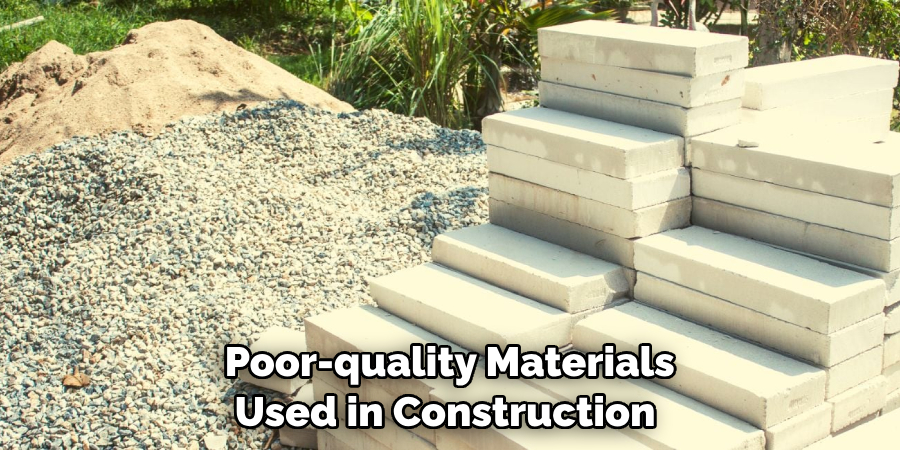
4. Weather
Extreme weather can also cause cracking in the wall where it meets the ceiling. If your home is subjected to extreme temperatures, humidity, or other weather conditions, it can cause the drywall to expand and contract too much and lead to cracks forming in this area.
12 Tips On How to Fix Crack Where Wall Meets Ceiling
Now that you know what can cause a crack where the wall meets the ceiling, let’s look at how to fix it.
1. Repair Drywall Joints
Drywall joints are prone to cracking, and if you find a crack in the joint, it can be easily repaired. Start by filling the joint with spackle or joint compound using a putty knife. Smooth out any excess material with the blade of your knife.
2. Use Mesh Tape for Cracks
To fix cracks in drywall, use mesh tape and joint compound. Start by cutting the mesh to the size of the crack. Place it over the area and secure it with a joint compound. Smooth it out with a putty knife for an even finish.
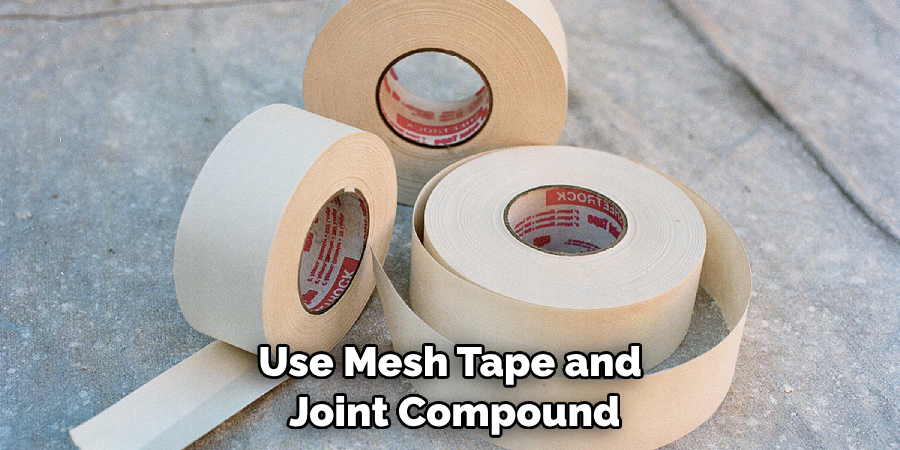
3. Caulk Floor-To-Wall Joints
To fix cracks in floor-to-wall joints, use caulk. Start by cleaning the area around the joint and applying a thin layer of caulk. Smooth it out with your finger or a putty knife for an even finish. Also, you have to make sure the joint is sealed so no moisture can get into the crack.
4. Use Joint Compound for Cracks
To fix cracks in drywall or plaster walls, use a joint compound. Start by applying a thin layer of joint compound to the area and smoothing it out with a putty knife. Make sure you cover all areas of the crack to ensure a strong seal.
5. Fill in Joint Compound Cracks
To fill in cracks caused by joint compounds, use a spackle or joint compound and a putty knife. Start by filling the area with spackle or joint compound using a putty knife. Then smooth it out with your blade for an even finish.
6. Replace Damaged Tiles
If you find any cracked or damaged tiles, you can replace them for a more durable fix. Start by removing the old tile using a chisel and hammer. Then, apply a thin layer of adhesive to the back of the new tile before securing it in place.
7. Patch Larger Cracks
For larger cracks, use a patching compound. Start by cleaning the area around the crack and applying a thin layer of patching compound with a putty knife. Smooth it out for an even finish. This will help to seal the crack and keep it from spreading.
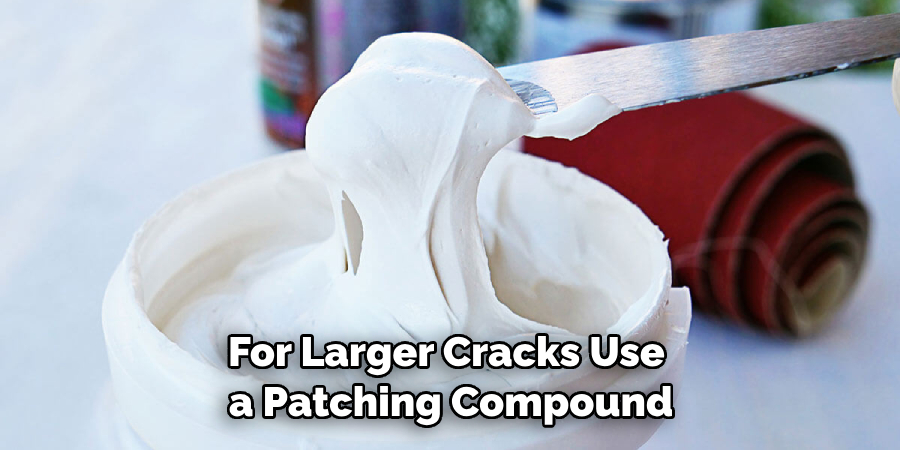
8. Use Thinset Mortar
For cracks in concrete walls, use thin-set mortar. Start by cleaning the area around the crack and applying a thin layer of mortar with a trowel. Smooth it out for an even finish and let it dry before applying a second layer.
9. Fill in Expansion Joints
Expansion joints are a common source of cracks, and they can be easily fixed by filling them with expanding foam. Start by cutting the foam to fit the joint and then secure it in place with a sealant. Allow the foam to expand before smoothing out any excess material.
10. Use Reinforcing Bars
Reinforcing bars can be used to fix cracks in concrete walls. Start by drilling holes around the crack and inserting the bars into the holes. Secure them with mortar and allow it to dry before applying a layer of sealant over the area.
11. Check for Structural Damage
If you find a crack in a wall or ceiling, it’s important to check for any structural damage. Start by inspecting the area and looking for signs of buckling or warping in the walls. If you find any, contact a professional to assess the situation and recommend a suitable repair option.
12. Seal Cracks with Elastomeric Coating
Elastomeric coating is a great way to seal cracks in walls and ceilings. Start by cleaning the area around the crack and applying a thin layer of elastomeric coating. Smooth it out with a brush or roller for an even finish. This will help protect your wall from further damage.
By following these steps, you should be able to easily fix a crack where the wall meets the ceiling. Remember to take the necessary precautions and contact a professional if needed. It’s always better to be safe than sorry!
Frequently Asked Questions
What Precautions Should Be Taken Before Fixing a Crack Where Wall Meets Ceiling?
Before attempting to fix a crack where the wall meets the ceiling, it is important to make sure that any loose debris or dust is removed from the crack. It is also important to wear protective equipment and take appropriate safety measures such as wearing gloves and eye protection. If there is any loose plaster or paint, it should be carefully removed before proceeding.

What Materials Do I Need to Fix a Crack?
In order to fix a crack where the wall meets the ceiling, you will need several common materials such as spackle, sandpaper, and a putty knife. You may also want to use a primer and a paintbrush to ensure that the crack is properly sealed.
How Do I Fix a Crack Where Wall Meets Ceiling?
Once you have gathered the necessary materials, you should begin by cleaning out the crack using a vacuum or soft brush. Next, apply spackle over the entire crack and allow it to dry completely. Once dry, use sandpaper to smooth the surface. Finally, apply a primer and paint over the area using a brush. Allow it to dry before replacing any furniture or decorations near the wall.
Can I Use Caulk to Fix a Crack?
Caulk can be used to fix a crack where the wall meets the ceiling, however, it is not as effective or long-lasting as other methods such as spackle. It is also important to remember that caulk should never be used on plaster walls and may cause more damage if applied incorrectly.
Can I Patch a Crack Where Wall Meets Ceiling?
Yes, it is possible to patch a crack where the wall meets the ceiling. Begin by using a putty knife or spackle knife to fill in any cracks with the spackle and allow it to dry completely. Once dry, use sandpaper to smooth out the area and apply a primer and paint. Finally, replace any furniture or decorations near the wall.
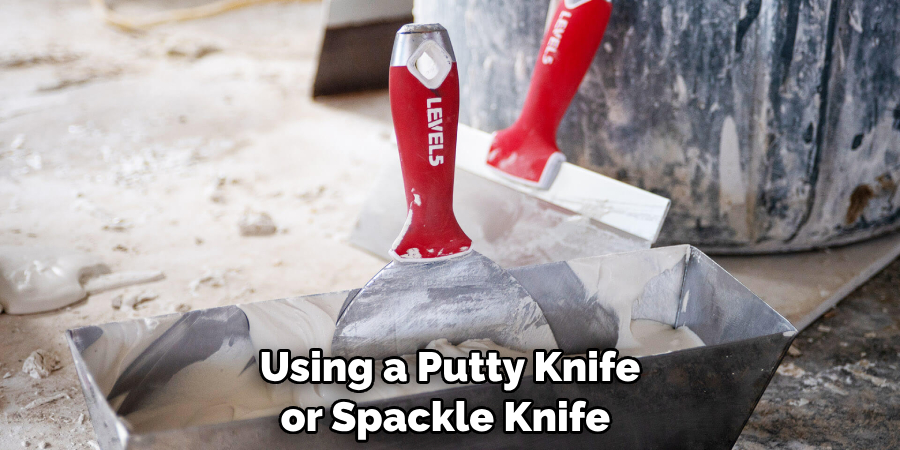
Is Fixing a Crack Where Wall Meets Ceiling Difficult?
The process of fixing a crack where the wall meets the ceiling is not necessarily difficult, but it does require careful attention to detail. It is important to take all necessary safety precautions and use the right materials for the job. With patience and a steady hand, fixing a crack where wall meets the ceiling can be a straightforward process.
How Much Does Fixing a Crack Where Wall Meets Ceiling Cost?
The cost of fixing a crack where the wall meets the ceiling can vary depending on the extent of damage and any additional materials required. Generally, the price should be relatively inexpensive and within most budgets. Also, if you are comfortable with basic DIY tasks, you may be able to save some money by doing the repair yourself.
Are There Any Special Considerations for Fixing a Crack Where Wall Meets Ceiling?
It is important to note that any cracks that appear near electrical outlets or wiring should always be inspected and repaired by a professional electrician. Additionally, be sure to use the right materials for the job and take all necessary safety precautions when repairing a crack in this area of your home.
Fixing a crack where wall meets ceiling is not an overly difficult task if you have the right materials and know-how. With some patience and attention to detail, you can easily repair this common problem in your home. Be sure to wear protective equipment and take all necessary safety precautions before beginning any repair project.
With some preparation, patience, and the proper materials, you can easily fix a crack where wall meets ceiling without any professional help or expensive tools. Taking all necessary safety precautions and
Conclusion
Ultimately, repairing a crack between the wall and ceiling is a fairly straightforward job. With just a few basic tools, some time, and a bit of patience, you can easily patch up the crack or split. Whether you use drywall compound with joint compound tape, or even spackle and caulk sealant to patch up the crack, you’ll want to be sure to sand down any uneven surfaces after it’s patched up for seamless results.
Now you know how to fix crack where wall meets ceiling! Additionally, repainting your walls afterward will ensure that it looks like new again. Taking care of this repair in a timely manner can help prevent further problems from developing such as collapsing ceilings or leaks in the roof from rain damage in extreme cases. With the right guidance and tips mentioned here, your walls will have that perfect finish in no time!
